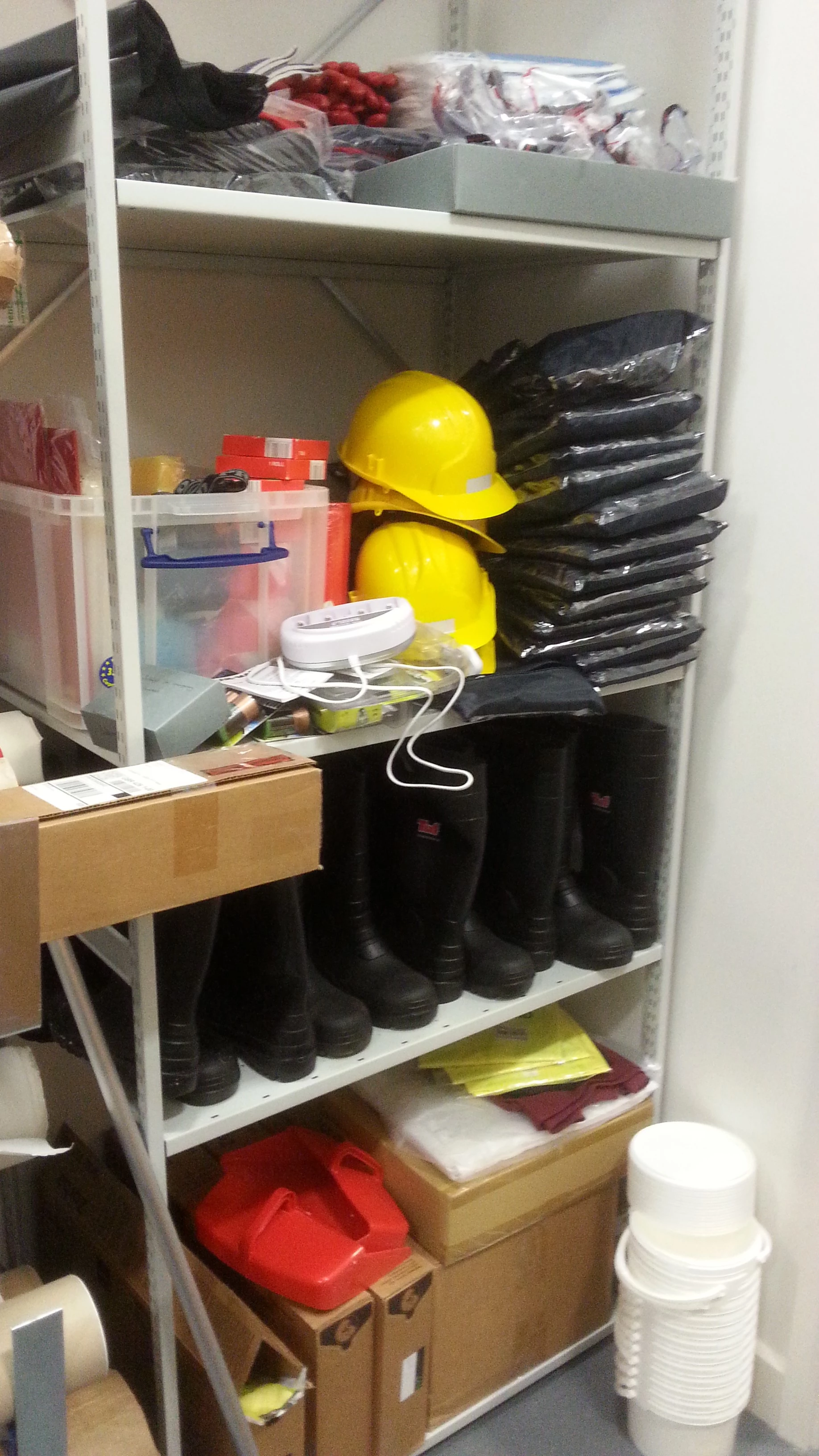Preserving Heritage – the Role of Preventive Conservators
, 8 Gorffennaf 2015
Museum conservators are responsible for the care of collections. This includes appropriate storage of objects, housekeeping, and maintaining the correct environmental conditions to stop, for example, books in library collections from getting mouldy. In addition, emergency preparedness is another aspect of collections care (or: preventive conservation). How important this is was recently demonstrated during a large fire that gutted an entire historic property.
The fire at Clandon Park in April 2015 was devastating. However, a large part of the objects on display in the house were rescued successfully. This was only possible because the National Trust, who owns Clandon Park, has in place extremely well organised emergency plans. When the fire broke out these plans kicked into action immediately, and a well-rehearsed cooperation with the fire service led to the salvage of hundreds of objects from the house.
The fire fighters risked their lives to salvage important cultural objects. In addition, the help from staff, volunteers and local people must not be forgotten. But the point I am trying to make is that without an emergency plan, all of those helpers may not have achieved very much.
The documentation handed over to the emergency services in case of a disaster in a historic property or museum includes information on what the most important objects are, where they are kept and how they are secured. This enables planning a salvage operation down to taking the tools required for object removal into the building; it avoids the situation where you stand in a burning room in front of the object that needs to be removed quickly only to find out you took a flat-head screwdriver, rather than the Phillips you actually needed.
Emergencies are not restricted to fires. Floods, storms, even earthquakes and acts of terrorism (for example, the attack on the Bardot, Tunisia’s National Museum) can all lead to cultural heritage being damaged. In Wales, the Assembly Government has set up an Emergency Planning Network for museums to help museums, archives and libraries prepare for emergencies. The development of a network response group provides heritage professionals to help museums, archives and libraries in the event of an emergency, and assist with salvage and recovery.
Amgueddfa Cymru – National Museum Wales has its own emergency plans which we hope will never have to be used – but it is nevertheless important to be prepared. Disaster preparation is part of the role of preventive conservators; we attempt to limit damage occurring to cultural objects in our care to keep them safe for you and future generations. This involves risk assessments, minimising risks – and being prepared for the worst to happen.
If you would like to know more about disaster prevention in museums, and heritage preservation in general, follow our blog, or Cardiff University's “Heritage in Turbulent Times” blog, and come to our free event at National Museum Cardiff on 11th July with talks on why scientists shoot with guns at building stones, restoration/preservation/conservation, flint in Egyptian Pharaonic warfare, and war-damaged monuments.
"Heritage in Turbulent Times" is a joint project between Cardiff University and Amgueddfa Cymru - National Museum Wales.

